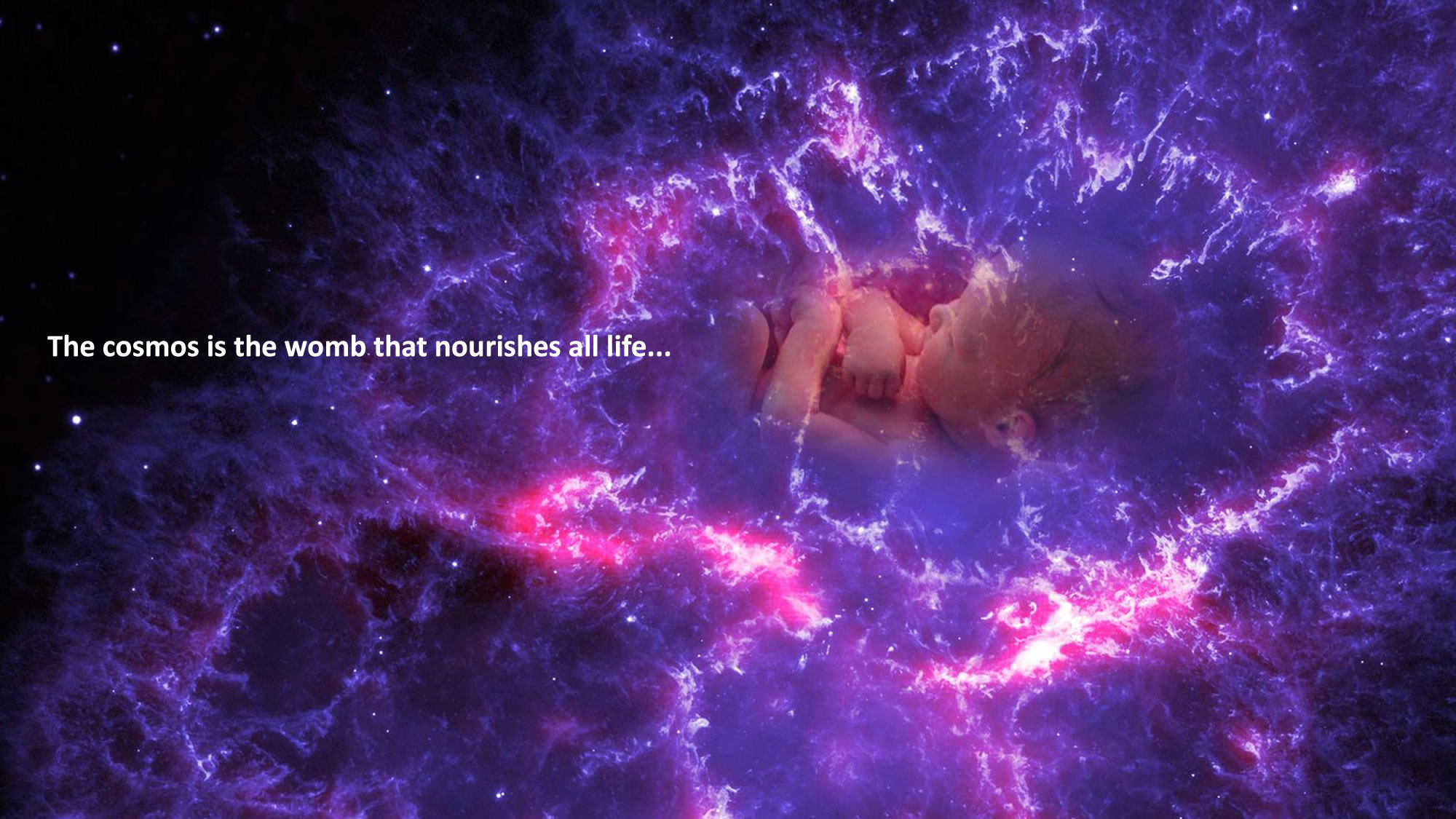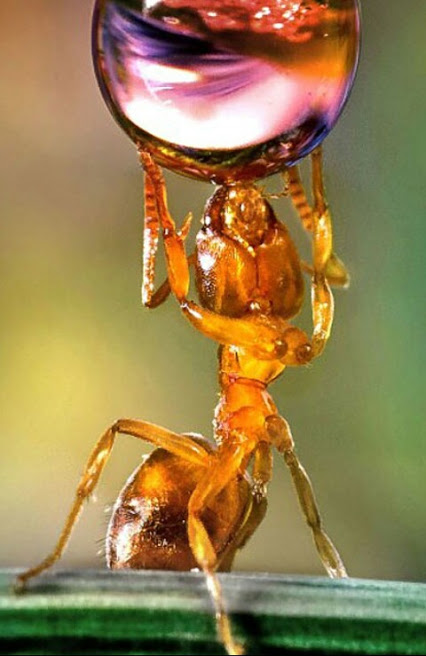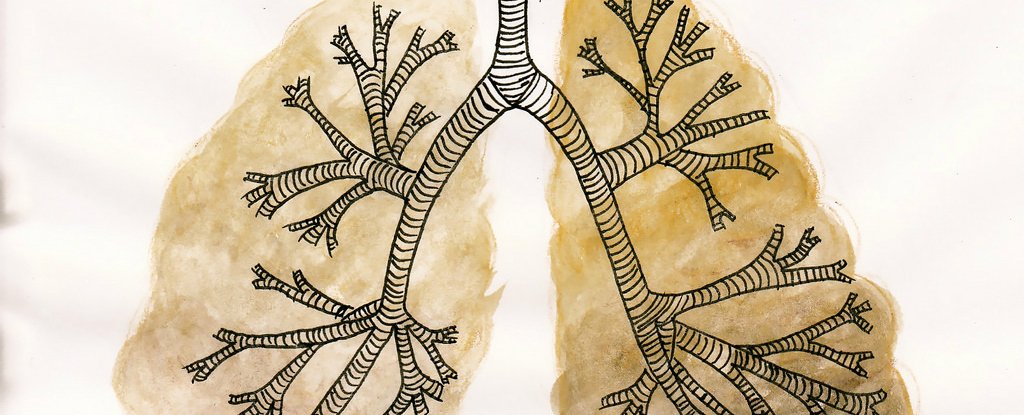
This is a take on our current place as a species – where we are, how we got here, and what our future might look like depending on how we negotiate our current situation:
We humans experience things that are geographically near to us differently than if the same incidents happen farther away. We are likely to connect with more emotional intensity to a starving hurt child on our doorstep than we would to tens of thousands suffering half a world away. Our geographic prejudice is understandable considering our biology has been optimized to function in the context of a local tribe. Our senses, including our mental processing faculties, are wired to respond to what we perceive as close to us – what parades in front of and stimulates multiple senses gets more emphasis than stimuli that affect only one or two senses. If we connect to a topic using abstractions, the effects on us are much less than if all our senses are engaged.
The necessity of survival for most of our past was heavily dependent on acting in service of the survival necessities of our local tribe. Without the benefit of the group against the elements, we would almost certainly perish. Because of the residual effects of rejection from the group, which almost certainly meant death for most of our past, to this day we tend to echo these long term embodied memories etched deeply into our biology. For instance; we fear public speaking more than death on average. Our developmental environment as a species shaped the emphasis our senses have, and by extension, the way we process the world – but the world has changed faster than our senses. This unequal progress has caused an out of sync relationship between our senses and the environment we now find ourselves in.
The senses that served us in the local tribe environment make us less equipped and more vulnerable to navigate the necessities of today’s world. As a species, we now have a technology lever that is so powerful we impact the whole Earth. Like a sailor that must get their “sea legs” to be able to walk steadily on a swaying ship, as a species we need to shift our emphasis to the necessities of existing in what is now a global tribe. Our common ground used to be the village, and in a sense it still is, but we now have an additional layer of necessity to contend with the whole Earth.
We were once more defined by the environment but we now have more capacity to also define it. When a child reaches the age of about two-and-a-half, the primary purpose of sleep changes from brain-building to brain maintenance and repair. This same type of developmental transition occurs on many scales. We are at the threshold of this kind of transition as a species. The same way there is a difference in skill sets between constructing a building and maintaining and using it; where scaffolding and tradesmen are replaced by occupants and caretakers, we need to make this transition, yet we are still hungover from the biological momentum of our heritage. Our future increasingly depends on stretching ourselves to fulfill the newly defined necessities of protecting and maintaining our new common ground, which no longer a patch of ground and perhaps a local body of water, it is the whole Earth.
As the size of our “tribes” grew from local bands that could be counted in the tens or hundreds to thousands, then millions and is now arguably the collective billions that inhabit the world, we have undergone a bewildering birthing process. In a comparatively short time (as biological development at a species level goes) the localized tribal wombs that once nourished small pockets of us have now become connected. We are now a collective body. We saturated the former small tribe womb and it can no longer contain us.
Because of our growth, we have been expelled from our former womb into a new, larger, more connected environment that demands different necessities of being. Like a newborn infant, we have to learn all the new skills to function effectively in this new dramatically expanded environment. Where we once had room to survive and grow using a greater emphasis on domination and exploitation, we now must do the harder task of cultivation and curation. We cannot look for more things to take, we must focus on strengthening the things that sustain us – things that return more value than they cost. This is not only where our opportunity exists, it is a necessary action to carry us forward.
We could once work cross purposes, competing against each other but our survival and thriving are now dependent more on the necessity to forge relationships like the organs in our body, nourishing and defending each other. This paradigm shift is because we have now saturated the environment. What got us here will not take us forward since we now swim in the same pond. Cultivating the environment we depend on to produce the necessary fruits of nourishment and as well as cultivating each other to our fullest potential is more necessary. We need specific mindsets and expertise to effectively navigate our more developed state of being. As has always been the case, we must either adapt to this new environmental reality or we will be either violently diminished back to the reduced carrying capacity of an environment or selected out for extinction.
If this analysis is correct:
What would you say we need to do differently on a personal and community scale?
Do you consider yourself a contributor to what will move us forward as a species?
What can we do better as individuals and as groups to help us get our “sea legs” to successfully navigate the necessities of current developmental place as a species?

 A skin cell does many vital jobs over the course of it’s life. It is arguably part of the more defensive oriented aspects of our biological economy but it also plays many nourishing roles like producing Vitamin D. Each cell lives and dies, in part, to nourish and protect the whole body that gave birth to it and nourished and protected it to maturity. Skin cells share a common legacy with all cells, to serve nourishing and, or defensive roles in relation to the community, whose integrity depends on enough of that shared value for the interdependent community to survive. T
A skin cell does many vital jobs over the course of it’s life. It is arguably part of the more defensive oriented aspects of our biological economy but it also plays many nourishing roles like producing Vitamin D. Each cell lives and dies, in part, to nourish and protect the whole body that gave birth to it and nourished and protected it to maturity. Skin cells share a common legacy with all cells, to serve nourishing and, or defensive roles in relation to the community, whose integrity depends on enough of that shared value for the interdependent community to survive. T









